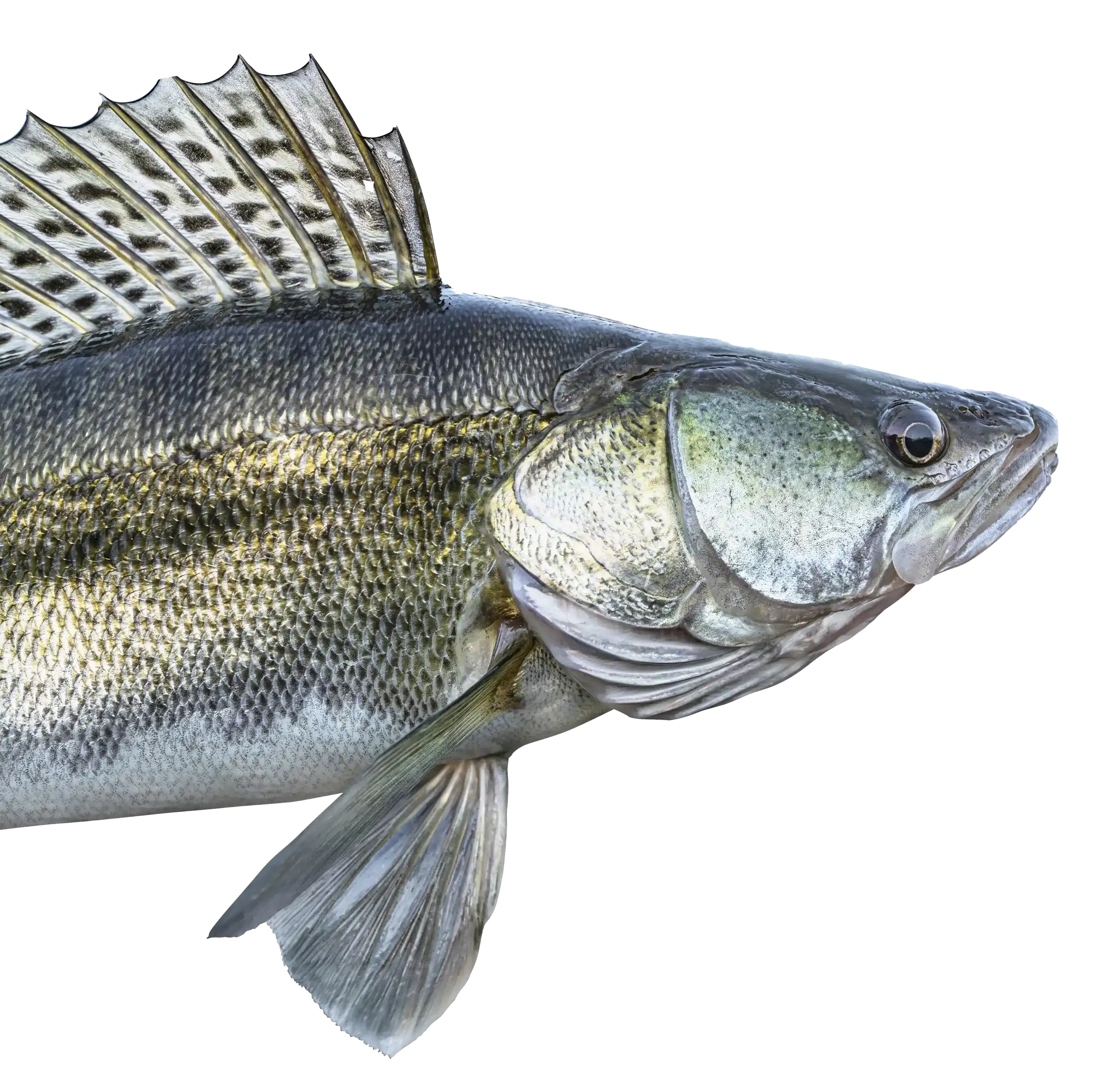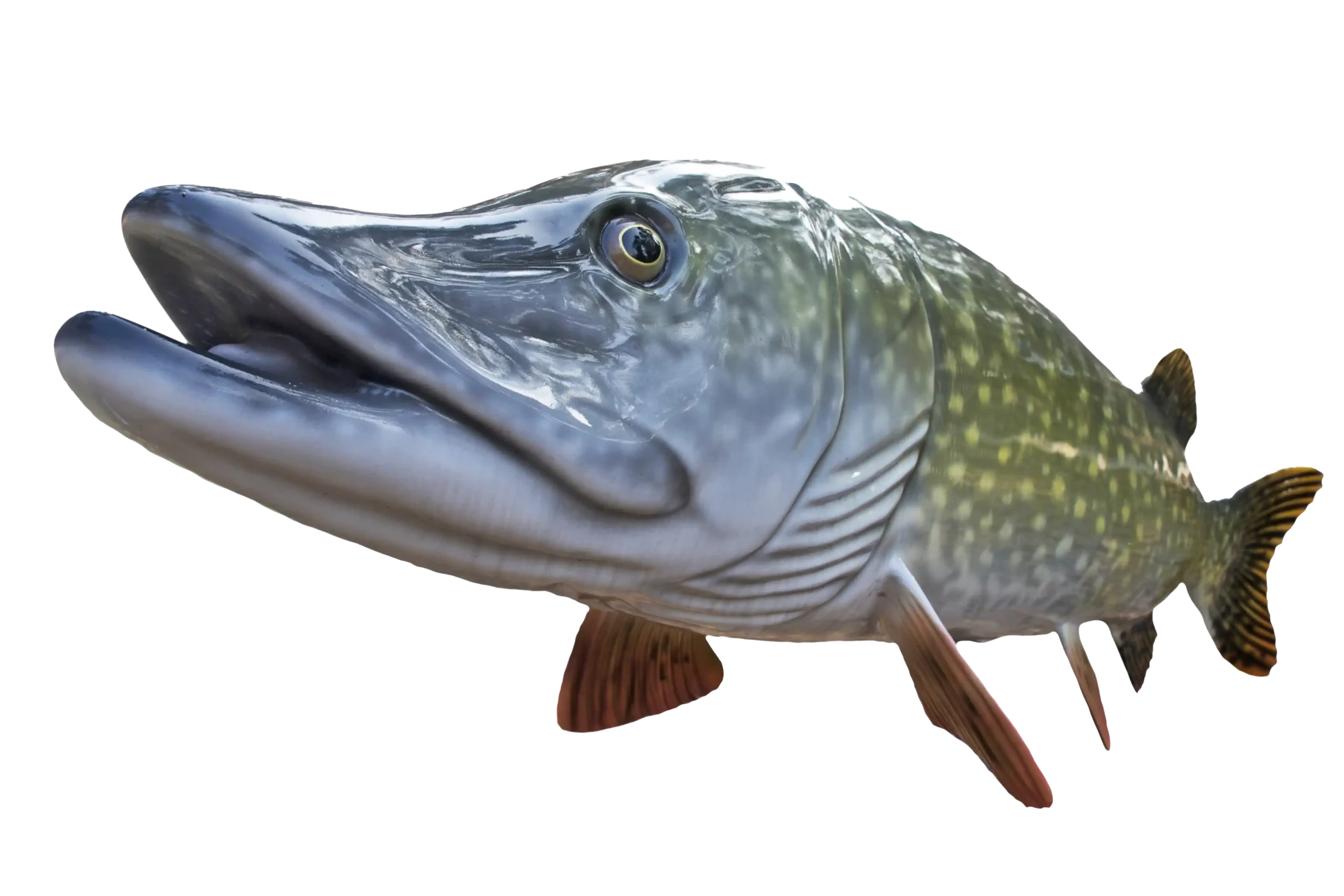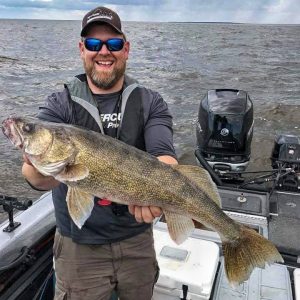


MTT. Minnesota Tournament Trail
NWT. National Walleye Tour
AIM. Angler’s Insight Marketing
Chili Bowl, Border View Lodge
Arnesen’s, Summer Tournament
River Bend Resort, Ladies tournament
Zippel Bay Resort, Northern Pike Tournament
AND MORE!
It’s that time of the year again when the MN Tournament Trail (MTT) comes up to Lake of the Woods. The very well run walleye tournament is held out of Border View Lodge which is well positioned right next to the Wheeler’s Point public access at the mouth of the Rainy River. The tournament is a 2 person team format and is open to the public. With the health of the fishery and strong numbers of big fish, this will be a fun one!
The dates of the MN Tournament Trail on LOW are July 10 and July 11. Each day is it’s own tournament and and this year the MTT is using the PRT (Photo, Release Tournament) format.
This is a fun format. Basically, each team will receive an official MTT measuring stick and SD card the morning of the tournament upon boat inspection. Because this is a release tournament, every walleye, even though it might be within the slot of 19.5″ – 28″ which have to be released on Lake of the Woods, they can take a couple of pictures of it, release it and it counts for points. So rather than fishing for walleyes just under that 19.5″, anglers are fishing for the largest fish in the lake, even if they are in the slot.
Basically, when a MN Tournament Trail team catches a walleye, they have to take two images. One image will be the walleye on the registered ruler. Of course, check official rules, but one angler will place the walleye on the bump board (ruler) with it’s head to the left and belly of the fish facing the angler holding the fish. Hands of the angler need to be away from the head and tail to show the fish is touching and where the tail measures. The angler with the camera takes one picture of the walleye on the official ruler and a second “hero” shot, a picture of the fish being held to the camera. This second shot shows the markings of a walleye ensuring the same fish cannot be used twice.
It is important for anglers to double check images for clarity, shadows and any other faux pas before releasing the fish back. Once anglers handle and take picture of a couple of walleyes, it’s easy. It also really feels good to get credit for a nice walleye just under 28″, being able to release fish healthy back into the lake and not have to pay attention to fish in the livewell.
The video below gives a nice idea on how the PRT works. The MTT implemented this format in 2015 initially on Mille Lacs Lake as it was catch and release only. In 2020 partly due to COVID – 19 and social distancing protocols, PRT is now being used on all MTT tournaments this year. It has been utilized on LOW in past years with success.
https://www.youtube.com/watch?time_continue=40&v=7CZjX6YILn4
Tournaments offer anglers the opportunity to competitively fish for walleyes. There are a variety of teams that fish including friends, couples, and father/son and so on. If you haven’t tried a tournament, the MTT is a nice way to dip your big toe in the water. It is quite reasonable to enter, $220 per team per tournament day.

As they have done in the past, the MTT will also host it’s championship tournament on Lake of the Woods September 17 and 18, 2020.
If you are interested in fishing Lake of the Woods in a tournament, this is a great one. There are a number of lodging options available in the area. Mike Holt is the tournament director and between he and his wife Renee run a great tournament. To find out more about fishing the MTT or to register, go to www.mntournamenttrail.com or call 320-679-2825.
To learn more about Lake of the Woods, check out the Lake of the Woods Tourism website.
To find a guide, charter boat or lodging, check out our lodging page.

